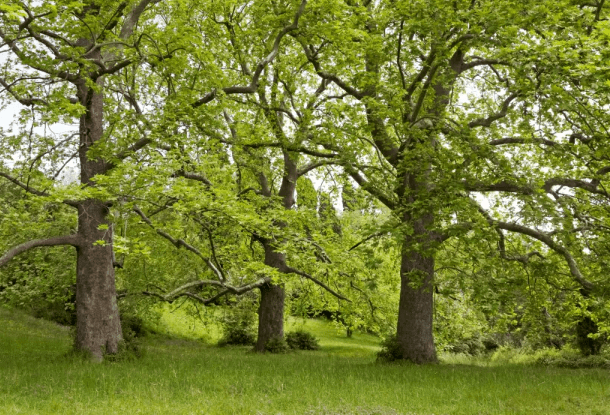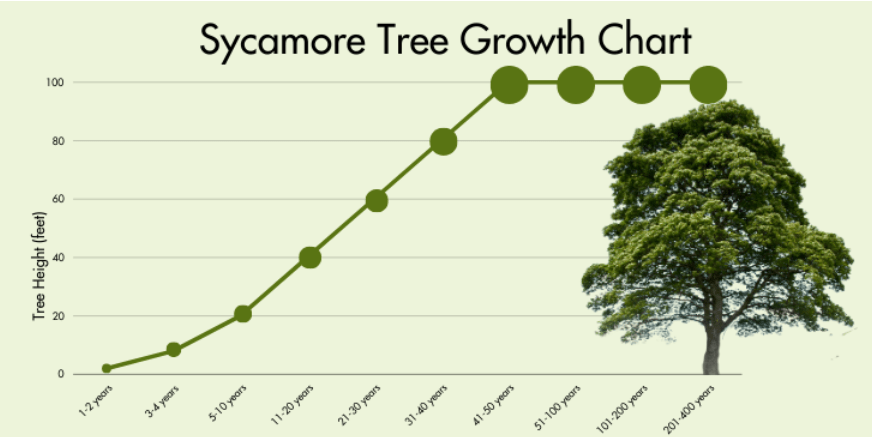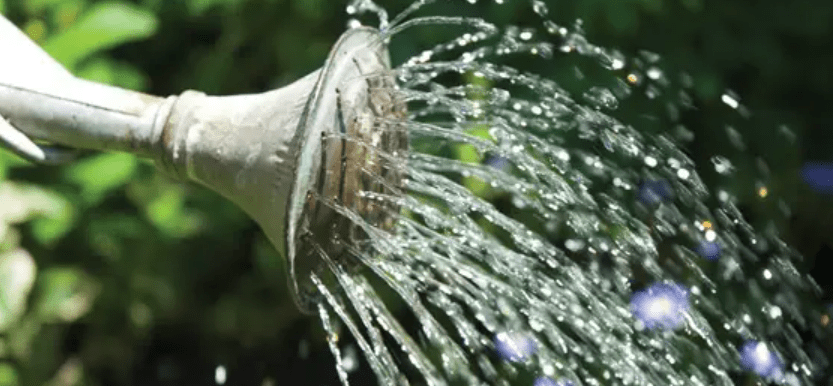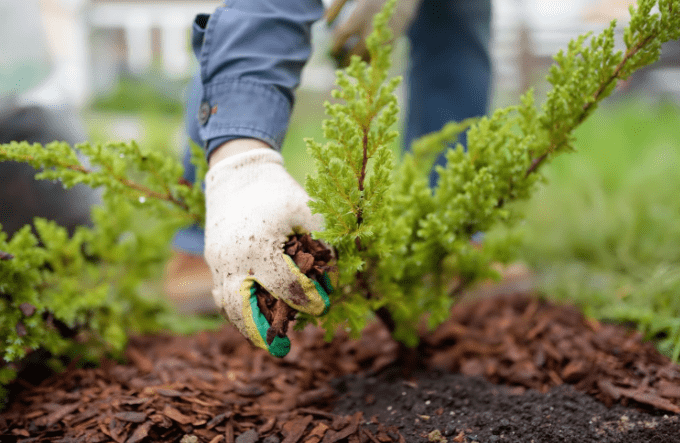
Understanding Sycamore Tree Roots: Growth, Care, and Management Tips
professional arborist, understanding the root system of sycamore trees is essential for their proper care and maintenance. Sycamore trees are known for their large, spreading root systems, which can have a significant impact on their growth and overall health. In this article, we will delve into the intricacies of sycamore tree roots, providing you with the knowledge and tools necessary to ensure the success of these majestic trees on your property. Whether you’re looking to plant a new sycamore tree or are seeking to better understand the root system of an existing one, this guide will equip you with the information you need to effectively care for and manage your sycamore trees.
Sycamore tree roots play a crucial role in the growth and health of these majestic trees. As a professional arborist, understanding the root system of sycamore trees is essential for their proper care and maintenance. Sycamore trees are known for their large, spreading root systems, which can have a significant impact on their growth and overall health. It’s important to understand the intricacies of Sycamore root systems in order to ensure the success of these trees on your property.
When planting a new sycamore tree, it’s important to consider the root system and ensure that there is enough space for the roots to spread out. Proper care and management of the root system can help promote the healthy growth of the tree. It’s also important to be mindful of potential issues such as root rot or damage to the roots, which can impact the overall health of the tree.
For existing sycamore trees, understanding the root system can help with ongoing maintenance and care. Regular inspections of the root system can help identify any potential issues and address them before they become more serious problems. Proper watering and soil management are also important factors in maintaining the health of sycamore tree roots.
Table of Contents
ToggleCharacteristics of Sycamore Tree Roots
Sycamore root systems are known for their shallow and extensive root system. They spread out wide rather than deep, which can make them more susceptible to damage from construction, foot traffic, and landscaping activities. The roots are also known to be aggressive, often competing with other plants for water and nutrients in the soil. In addition, sycamore tree roots have the potential to cause damage to sidewalks, driveways, and underground utilities if not properly managed. It’s important to be mindful of these characteristics when planting or caring for sycamore trees to ensure their healthy growth and longevity.
Overview of Sycamore Trees

Sycamore trees are known for their strong and extensive root systems. The roots of a sycamore tree can spread out widely, making it important to consider the root system when planting and caring for these trees. It’s crucial to provide enough space for the roots to spread out and ensure that they have access to water and nutrients. Sycamore tree roots can also be susceptible to issues such as root rot or damage, so it’s important to monitor and care for the roots to maintain the overall health of the tree. Understanding the characteristics of Sycamore root systems is essential for proper maintenance and care of these majestic trees.
Root System Structure
The root system structure of sycamore trees is quite extensive and strong. The roots spread out widely, so when planting and caring for these trees, it’s important to provide enough space for the roots to grow and access water and nutrients. Sycamore tree roots can go deep into the ground as well as spread out horizontally. Keeping an eye on the root system structure can help identify any potential issues and address them before they become more serious problems. Proper watering and soil management are also crucial in maintaining the health of Sycamore root systems. By understanding the characteristics and structure of the root system, you can ensure the overall health and longevity of your sycamore trees.
Growth Patterns of Sycamore Tree Roots

Root Development Stages
The root development stages of sycamore tree roots are important to understand in order to properly care for these trees. The first stage is the primary root development stage, where the main root grows vertically downward into the soil. This stage is crucial for anchoring the tree and absorbing water and nutrients. The second stage is the secondary root development stage, where smaller roots begin to branch out horizontally from the main root. These smaller roots help to support the tree and facilitate the absorption of water and nutrients from a wider area of the soil. It’s important to provide enough space for the roots to spread out and ensure that they have access to water and nutrients in order to support the healthy growth of the tree. Understanding the growth patterns and development stages of Sycamore root systems is essential for proper maintenance and care of these majestic trees.
Factors Influencing Root Growth
include proper watering, soil conditions, and access to sunlight. Sycamore trees require regular watering, especially during hot and dry periods, to ensure that the roots have access to the moisture they need to thrive. It’s important to water deeply to encourage the roots to grow deeper into the soil. Additionally, sycamore tree roots prefer well-draining, fertile soil with a balanced pH level. Compacted or waterlogged soil can hinder root growth, so proper soil management is essential. Finally, sycamore trees require access to sunlight for photosynthesis, which provides the energy necessary for root and overall tree growth. By paying attention to these factors and providing proper care, you can support the healthy growth and development of sycamore tree roots.
Impact of Sycamore Tree Roots on Surroundings
Effects on Soil and Nearby Vegetation

The impact of Sycamore root systems on the soil and nearby vegetation can be significant. The extensive root system of sycamore trees can help to prevent soil erosion and improve soil structure. The roots also compete with nearby vegetation for water and nutrients, which can affect the growth and health of other plants in the area. It’s important to consider the potential impact of sycamore tree roots on the surrounding environment when planting or maintaining these trees. Proper management and care of sycamore tree roots can help to minimize any negative effects on the soil and nearby vegetation.
Impact on Infrastructure
Sycamore tree roots can have a significant impact on infrastructure, particularly in urban areas. The expansive root system can potentially cause damage to sidewalks, driveways, and even underground pipes and utilities. As the roots grow, they can disturb and displace the surrounding soil and pavement, leading to costly repairs and maintenance. It’s important to be mindful of the potential impact of sycamore tree roots on infrastructure when planting or maintaining these trees in urban environments. Proper management and care of the roots, such as regular pruning and root barrier installation, can help to minimize the risk of damage to infrastructure. Additionally, consulting with professionals and arborists can provide valuable insight on how to manage and mitigate any potential issues related to Sycamore root systems.
Ecological Benefits
Sycamore trees have a significant impact on the surrounding environment. Their roots can compete with nearby vegetation for water and nutrients, affecting the growth and health of other plants in the area. It’s important to consider the potential impact of sycamore tree roots on the surrounding environment when planting or maintaining these trees. Proper management and care of Sycamore root systems can help to minimize any negative effects on the soil and nearby vegetation.
In urban areas, sycamore tree roots can have a significant impact on infrastructure. The expansive root system can potentially cause damage to sidewalks, driveways, and even underground pipes and utilities. It’s important to be mindful of the potential impact of Sycamore root systems on infrastructure when planting or maintaining these trees in urban environments. Proper management and care of the roots, such as regular pruning and root barrier installation, can help to minimize the risk of damage to infrastructure. Consulting with professionals and arborists can provide valuable insight on how to manage and mitigate any potential issues related to sycamore tree roots.
Despite the potential challenges, sycamore trees also provide ecological benefits. They offer shade, improve air quality, and support wildlife by providing nesting sites and food sources. Their large canopy can help reduce urban heat and provide a habitat for birds and other wildlife. Proper management of sycamore tree roots can help to ensure that these ecological benefits are preserved while minimizing any negative impact on the surrounding environment and infrastructure.
Caring for Sycamore Tree Roots
Watering and Irrigation Tips

When it comes to watering and irrigation for sycamore trees, it’s important to keep in mind the needs of their expansive root system. Sycamore trees have a large root system that requires deep watering to reach all the roots. It’s important to water the tree deeply and infrequently rather than shallow and frequently. This will encourage the roots to grow deep into the soil, making the tree more resilient during dry periods. Additionally, be mindful of the moisture level in the soil and adjust watering frequency based on the weather conditions. A layer of mulch around the base of the tree can also help retain soil moisture and regulate soil temperature. Proper irrigation and watering techniques will help support the health and growth of Sycamore root systems, promoting the overall health and longevity of the tree.
Mulching and Soil Care

are crucial for maintaining the health and growth of sycamore tree roots. Applying a layer of mulch around the base of the tree can help to retain soil moisture, regulate soil temperature, and reduce competition from weeds. This can also help to prevent soil compaction, which can restrict the growth of the tree’s roots. When applying mulch, be sure to leave a gap around the base of the tree to prevent moisture from accumulating against the trunk, which can lead to rot. Additionally, it’s important to regularly check the soil moisture levels and adjust watering frequency as needed to ensure that the roots are getting the proper amount of water. By implementing proper mulching and soil care practices, you can support the health and vitality of Sycamore root systems, ultimately promoting the overall health and longevity of the tree.
Fertilization and Nutrient Management

are essential for the health and growth of sycamore tree roots. It’s important to conduct a soil test to determine the nutrient levels in the soil and identify any deficiencies. Based on the results of the soil test, you can then apply the appropriate fertilizer to provide the necessary nutrients for the tree. It’s important to follow the recommended application rates and timing for fertilization to avoid over-fertilization, which can be harmful to the tree. Additionally, consider using organic fertilizers to promote long-term soil health and minimize the risk of nutrient runoff. By implementing proper fertilization and nutrient management practices, you can support the health and growth of Sycamore root systems ultimately promoting the overall health and longevity of the tree.
Managing Sycamore Tree Root Issues
Identifying Root Problems
When caring for sycamore trees, it’s important to be aware of potential root problems and take steps to address them. One common issue is the accumulation of moisture around the base of the tree, which can lead to rot. To prevent this, be sure to leave a gap when applying mulch and regularly check soil moisture levels to ensure proper watering. Fertilization and nutrient management are also essential for supporting the health and growth of sycamore tree roots. Conducting a soil test to identify any deficiencies and applying the appropriate fertilizer is crucial. By addressing root problems and implementing proper care practices, you can promote the overall health and longevity of sycamore trees.
Root Pruning and Management Techniques
Root pruning and management techniques are important for maintaining the health and stability of sycamore trees. One technique is to prune the roots to prevent them from becoming too dense and potentially causing damage to sidewalks, driveways, or foundations. This should be done by a professional arborist to ensure the tree’s health is not compromised. Additionally, using root barriers can help to deflect roots away from these structures. Proper soil management, such as aerating compacted soil and adding organic matter, can also help to promote healthy root growth. By implementing these techniques, you can ensure the long-term health and stability of your sycamore tree.
Dealing with Invasive Roots
is an important aspect of maintaining the health and stability of your sycamore trees. When it comes to fertilization and nutrient management, conducting a soil test to identify any deficiencies and applying the appropriate fertilizer is crucial for supporting the health and growth of tree roots. Root pruning and management techniques are also essential for maintaining the health and stability of sycamore trees. This includes pruning roots to prevent them from becoming too dense and potentially causing damage to sidewalks, driveways, or foundations. Using root barriers can also help to deflect roots away from these structures. Proper soil management, such as aerating compacted soil and adding organic matter, can promote healthy root growth. By addressing root problems and implementing proper care practices, you can promote the overall health and longevity of sycamore trees.
Planting and Landscaping with Sycamore Trees
Site Selection for Planting
When planting and landscaping with sycamore trees, it’s important to carefully select the site for planting. Sycamore trees thrive in well-drained soil and full sunlight, so be sure to choose a location that meets these requirements. Avoid planting in areas with compacted soil, as this can hinder root growth. Additionally, consider the mature size of the tree and make sure there is ample space for it to grow without interfering with nearby structures. Proper soil management, such as aerating compacted soil and adding organic matter, can also help to promote healthy root growth. By implementing these techniques, you can ensure the long-term health and stability of your sycamore tree.
Companion Planting
is a gardening practice where different plants are grown together to benefit each other in various ways. When planting sycamore trees, consider companion plants that can help promote the health and growth of the trees. For example, planting nitrogen-fixing plants like clover or legumes near sycamore trees can enrich the soil with nitrogen, which is essential for the trees’ growth. Additionally, planting flowering plants and herbs near sycamore trees can attract beneficial insects that can help control pests and improve pollination. Be mindful of the needs of the sycamore tree and choose companion plants that can provide support and benefit its overall health. With proper companion planting, you can create a balanced and thriving ecosystem in your garden or landscape.
In conclusion, understanding the growth patterns and care requirements of sycamore tree roots is essential for maintaining the health and longevity of your trees. By following the management tips provided in this article, you can ensure that your sycamore trees thrive and continue to beautify your landscape for years to come. Remember to regularly inspect and care for the roots of your sycamore trees to prevent any potential issues and promote their overall health.
Frequently asked questions And Answer
Sycamore tree roots can grow quite deep, up to 5-7 feet in the soil. They also spread out widely, often reaching beyond the canopy of the tree.
Sycamore tree roots can be invasive, especially in urban or suburban areas where they can disrupt sidewalks, driveways, and even foundations. It’s important to consider their potential for invasiveness when planting sycamore trees.
It’s important to plant sycamore trees in locations where their roots have plenty of space to grow without causing damage. Regular pruning and maintenance of the tree’s canopy can also help manage the growth of the roots.
Sycamore tree roots benefit from regular watering, especially during dry periods. Mulching around the base of the tree can also help retain moisture and provide nutrients for the roots.
Yes, sycamore tree roots have the potential to cause issues with underground utilities such as pipes and cables. It’s important to consider this when planting sycamore trees near these areas.
Installing root barriers or seeking professional help to manage the growth of sycamore tree roots near your property can help protect it from potential damage.
Yes, sycamore tree roots can help improve soil structure and provide stability to the surrounding area. They also contribute to the overall health of the tree.
It’s best to consult with a professional arborist or tree care specialist to assess the situation and determine the best course of action for managing sycamore tree roots.
